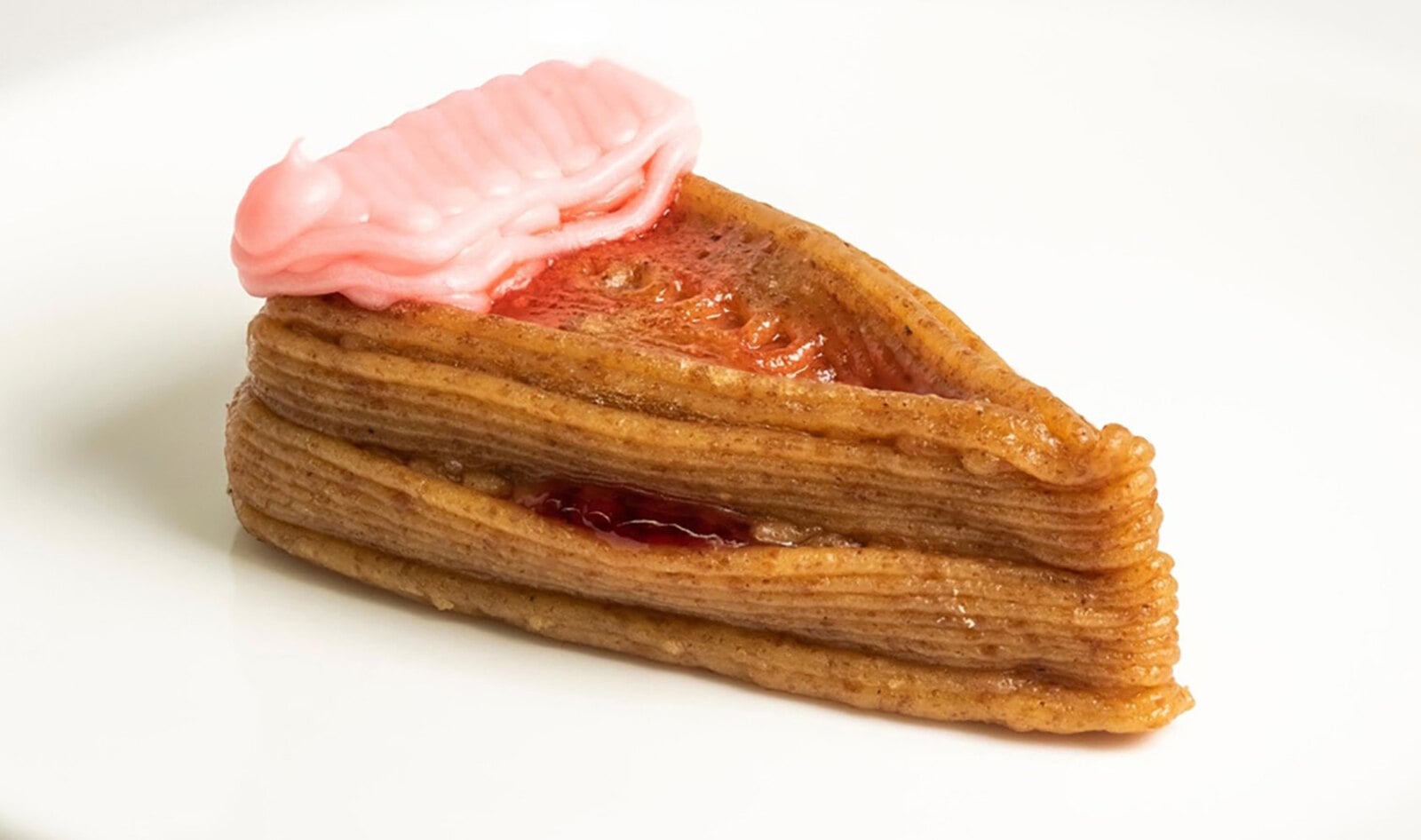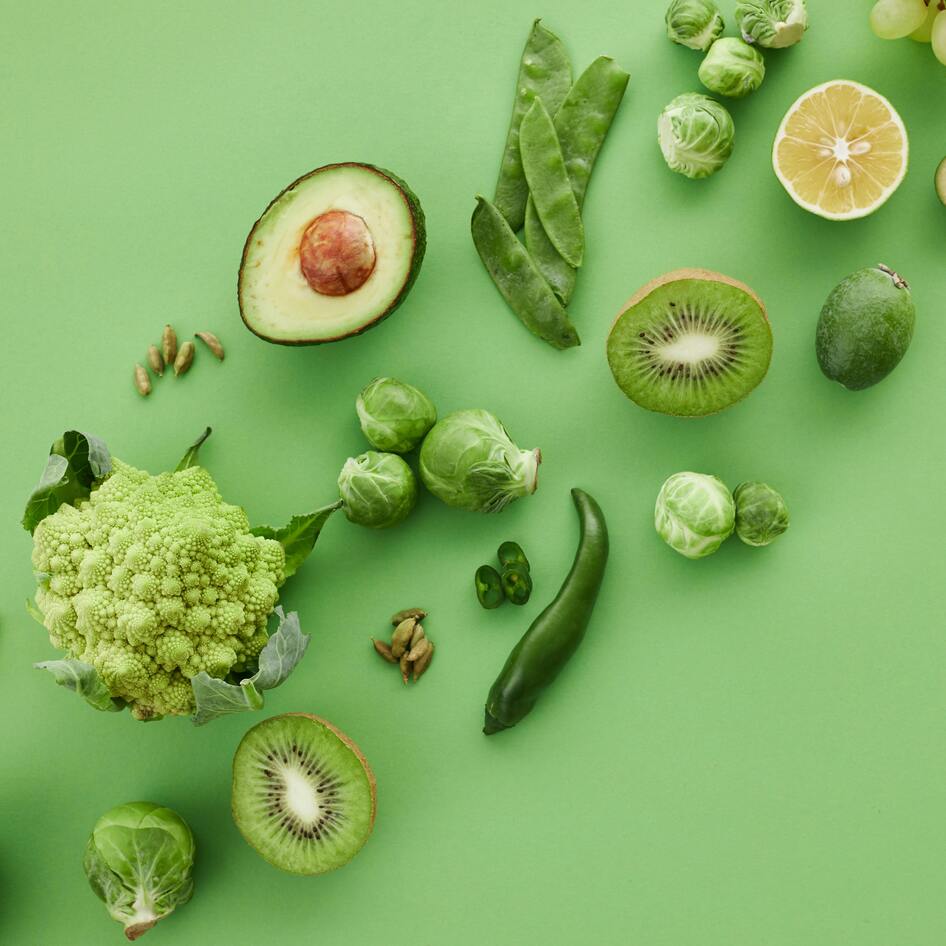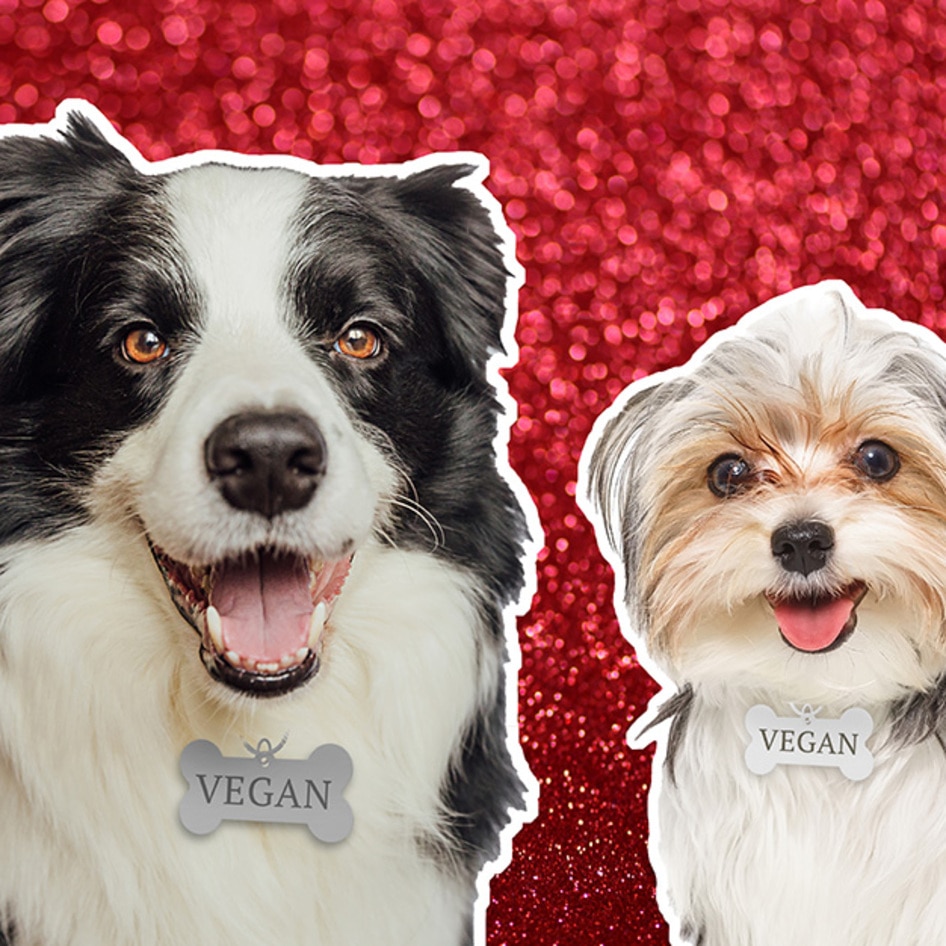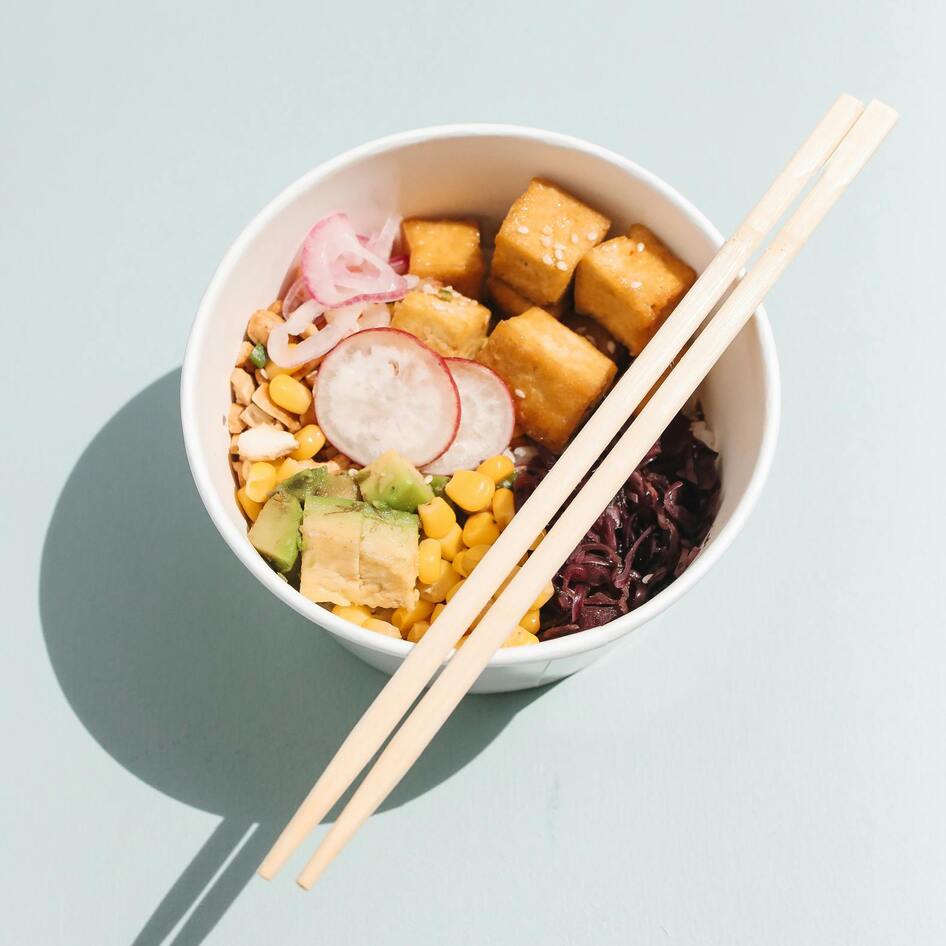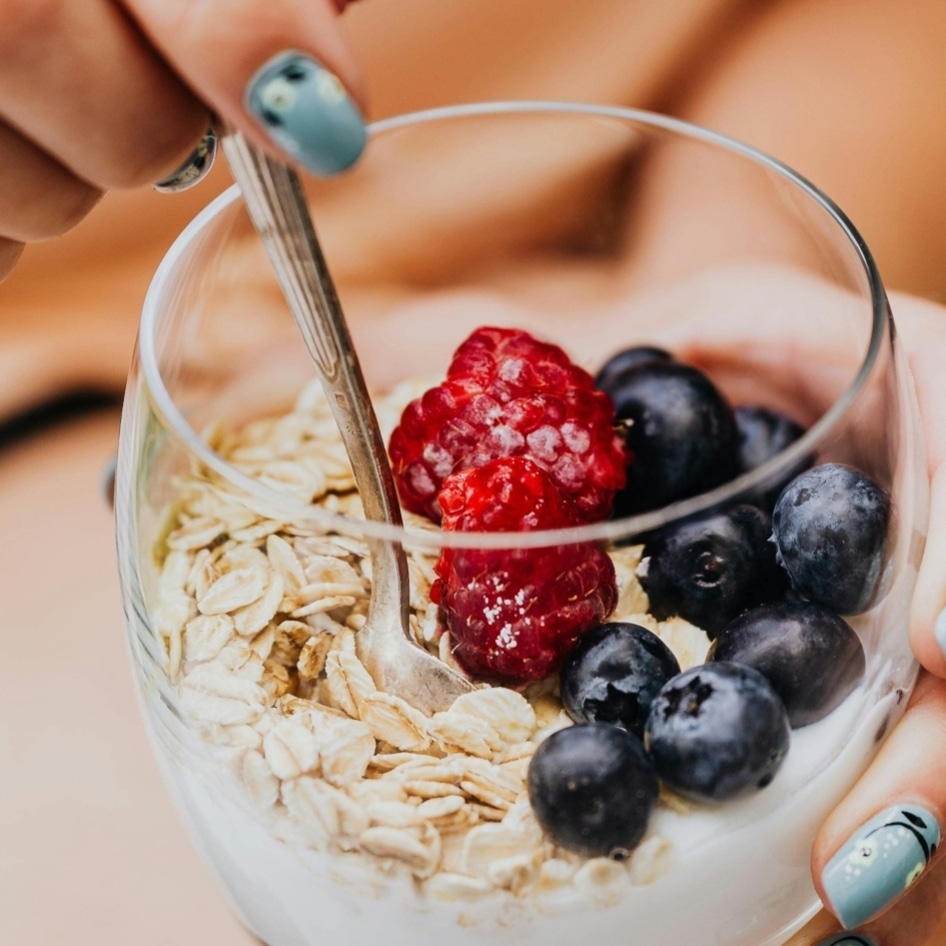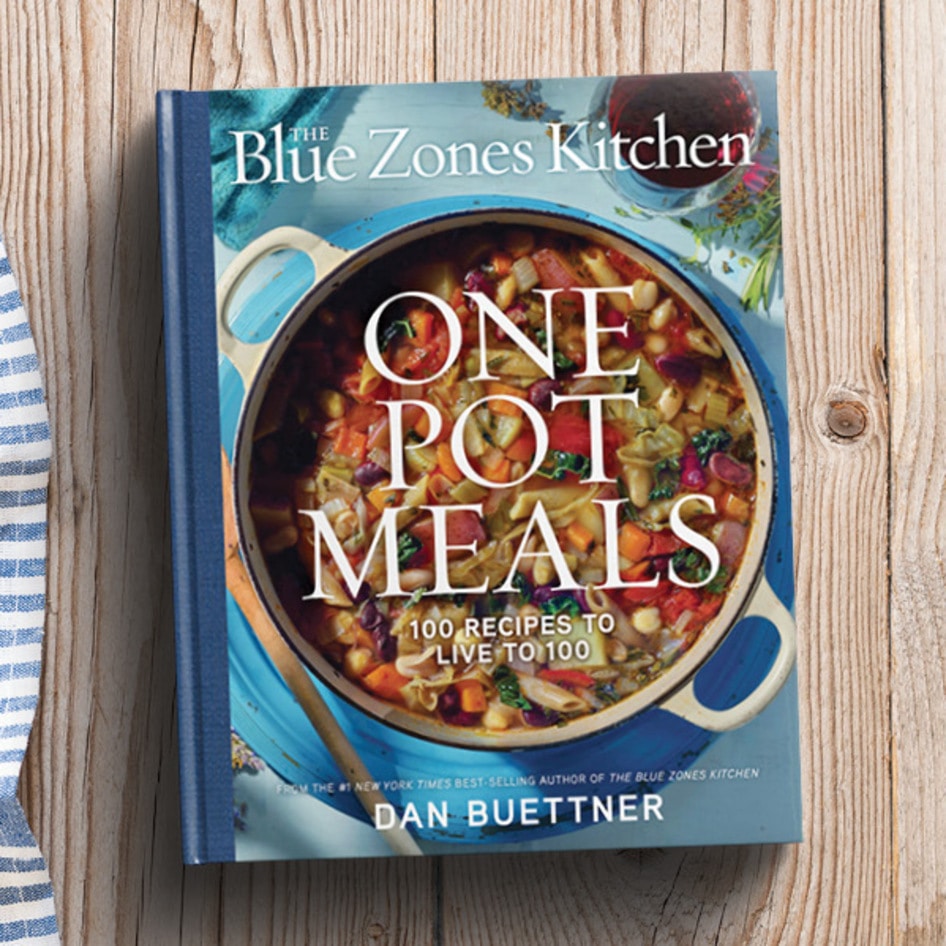Engineers at Columbia University recently created a seven-ingredient vegan cheesecake that was assembled and cooked entirely by a 3D-printing machine and, uniquely, cooked using laser technology while it prints. This process was documented in a study published in the journal NPJ Science of Food.
Food printing is an application of additive manufacturing that utilizes user-generated models to construct 3D shapes from edible food inks, while laser cooking uses high-energy targeted light for high-resolution tailored heating. Software is used to combine and cook ingredients, allowing chefs to more easily control the nutrient content of a meal.
The machines needed to create and bake a 3D-printed dessert already exist, but the Columbia University researchers wanted to show how consumers could use software-controlled cooking at home.
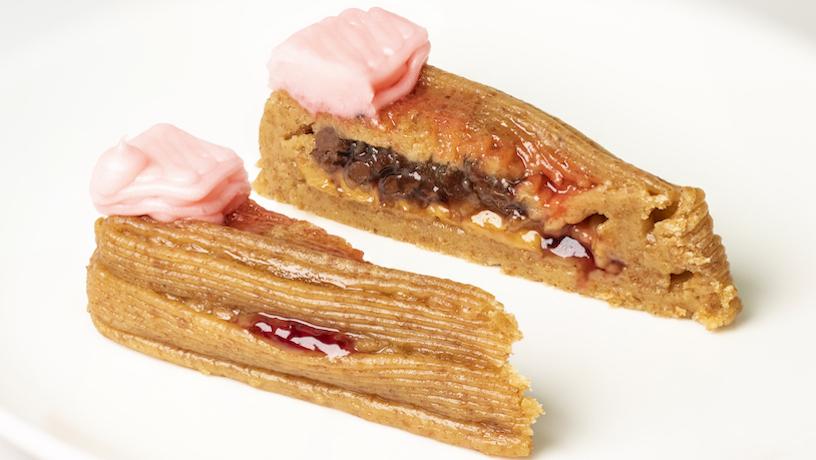 Jonathan Blutinger/Columbia Engineering
Jonathan Blutinger/Columbia Engineering
“Digital cooking technologies allow an end consumer to take more control of the macro and micro nutrients that they consume on a per meal basis and due to the rapid growth and potential benefits of 3D technology advancements, a 3D printer may become a staple home and industrial cooking device,” the study says.
Like the Easy-Bake Oven of the 21st century, 3D printing at home would require a place where consumers can download recipes, create their own recipes, and get inspiration for what they can do with the machine, the researchers say.
3D printing a customizable vegan cheesecake
Creating a slice of vegan cheesecake was the next step in a years-long effort by study coauthor Jonathan Blutinger—a mechanical engineer and postdoctoral researcher at Columbia Engineering’s Creative Machines Lab—and his colleagues to develop various foods with larger numbers of ingredients.
His efforts started with learning how to bake various doughs with lasers and have evolved into developing a machine that can intake, print, and bake a total of 18 ingredients—which could be a record-setting number of ingredients in a single 3D-printed food product.
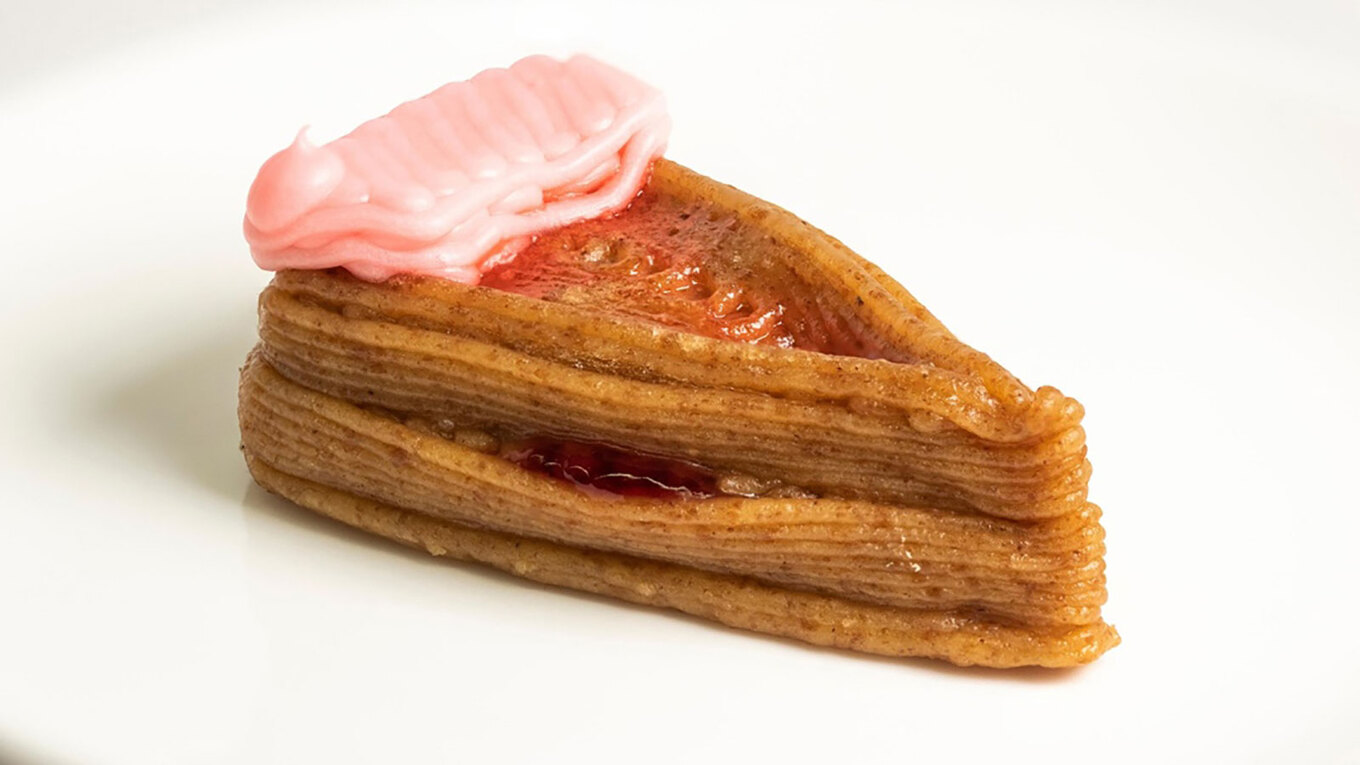 Jonathan Blutinger/Columbia Engineering
Jonathan Blutinger/Columbia Engineering
For this study, Blutinger and his colleagues experimented with a vegan cheesecake recipe, combining graham cracker paste and other ingredients to churn out a single, customized slice of dessert with flavors such as cherry, banana, peanut butter, and hazelnut spread. One slice took approximately 30 minutes to produce.
But what stands out with this research is that it used lasers to cook the food as it was printed. The heat essentially prompted a phase change from paste to solid, which is critical to traditional baked desserts.
The benefits of 3D printing
The main benefit of using 3D printing is that the method is exacting, allowing chefs to use extremely precise amounts of ingredients that can be baked or heated differently from moment to moment. There’s also the potential to make foods to a person’s preferences, like the ability to customize every slice of the cheesecake for individual tastes and preferences.
Additionally, 3D printing can allow nutrition-conscious eaters to produce food with precise calorie counts or carbohydrate, fat, and sugar contents.
However, Blutinger also hopes to explore a nutritional study to analyze how cooking with lasers might affect the food on a molecular level which could go a long way toward increasing the public’s comfort level with such a novel method.
3D-printed vegan food is here
Using 3D printing to create food isn’t a new concept. Some companies have even taken on the meat industry by creating 3D-printed vegan meat that is customizable right down to the macronutrients.
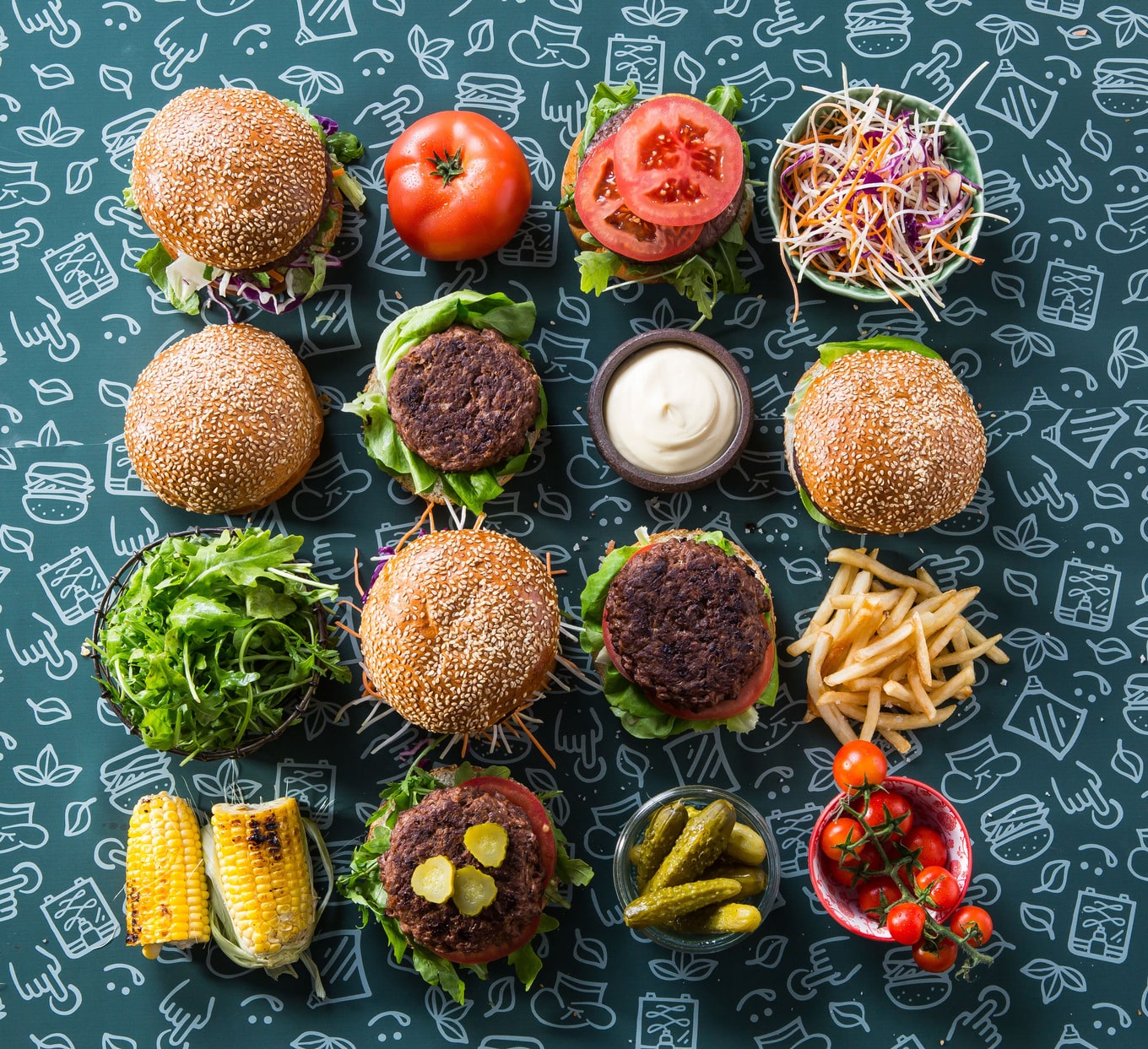 SavorEat
SavorEat
Last year, Israeli company SavorEat came to market with 3D-printed vegan turkey burgers and pork-free breakfast sausages. The company’s technology relies on its Smart Robot Chef, which is powered by machine learning and artificial intelligence.
The machine receives preference inputs—such as preferred protein and fat compositions and cooking preferences—from users interfacing with an application. It then produces and cooks the desired plant-based meat from these inputs.
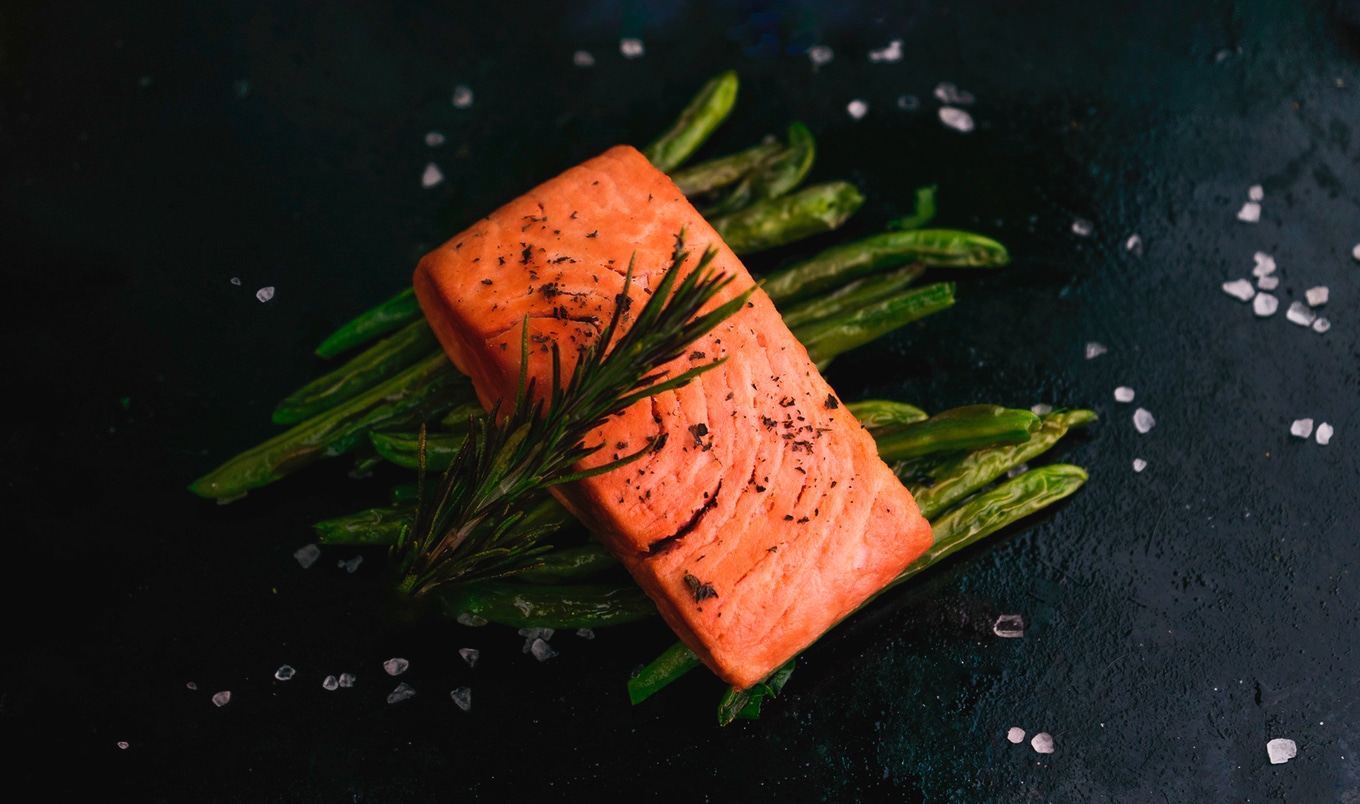 Revo Foods
Revo Foods
Another company is Vienna-based Revo Foods, which recently unveiled its “ultra realistic” whole-cut plant-based salmon. Expected to launch in stores this year, the new product is made using 3D food printing technology and aims to replicate the eating experience of whole-cut fish filets without the need to harm a single fish.
“An industry built around this technology may be on the horizon, creating a new vision of better nutrition, better food accessibility and palatability for many, increasing food safety and adding art and cutting-edge science to the most basic human need—nourishment,” the 3D printing study concludes.
For the latest vegan news, read:
JUMP TO ... Latest News | Recipes | Guides | Health | Subscribe

